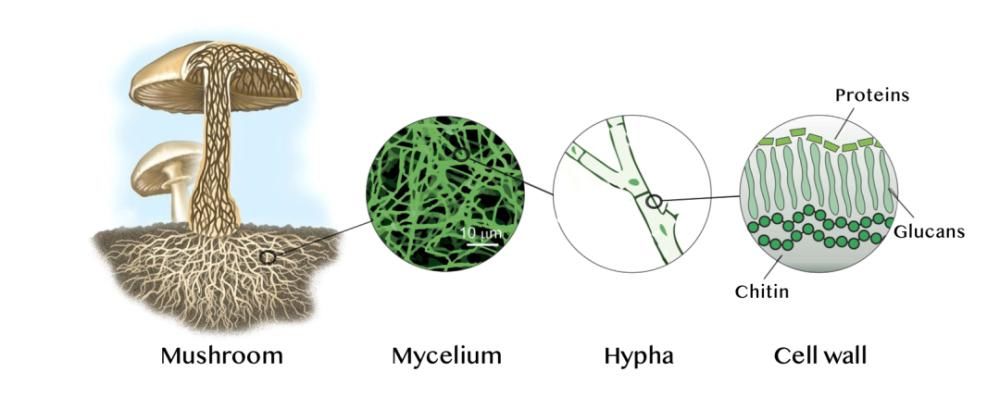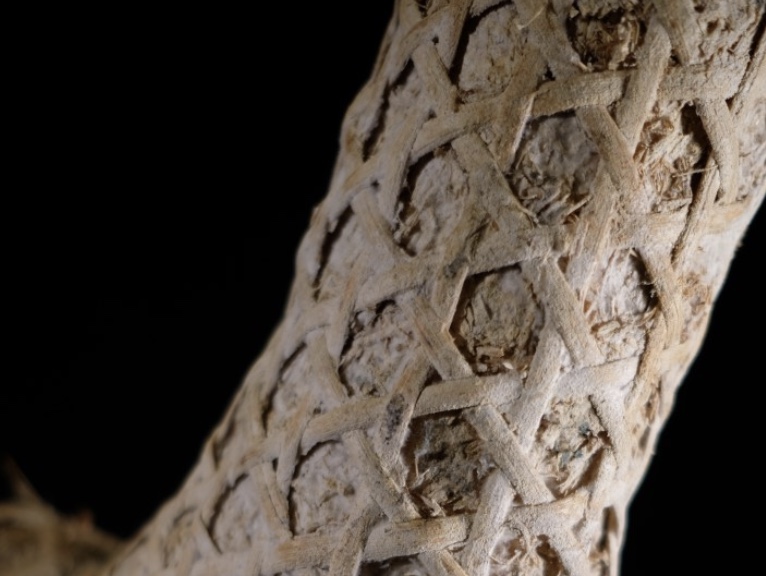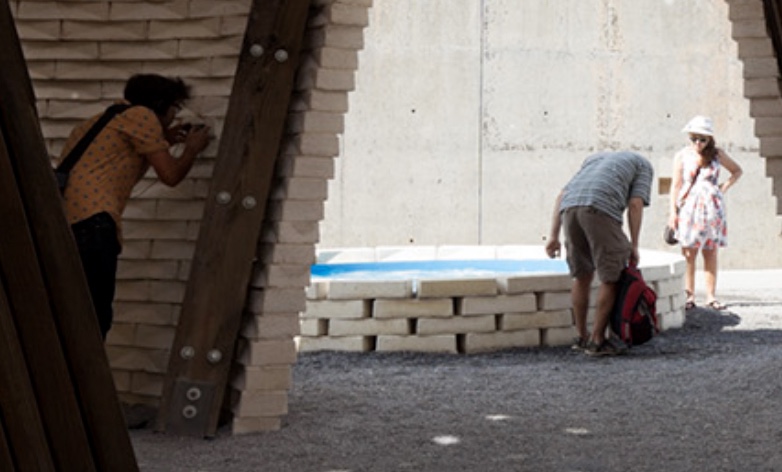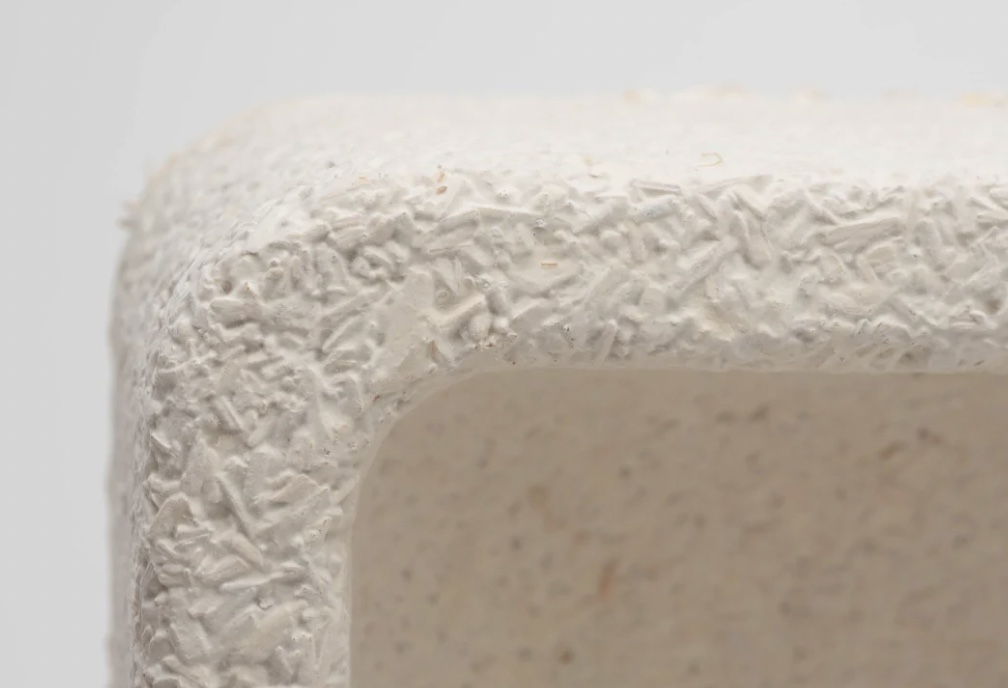Research and developments in the field of 'biomaterial' has been increasing in leaps and bounds, whether it's by shedding light on existing possibilities - such as the various uses of hemp - or taking the first steps into new materials to be explored, such as in the case of fungi.
Fungi? Of course! We could soon be using them to produce building materials, textiles and sensors for heat, light and chemicals. But that’s not all: a European project is aiming to use fungi to create nanoparticles for buildings which “continuously grow, regenerate and die”.
But what is Biomaterial?
There is a definition for Biomaterials that was given in 1991 by the International Consensus Conference in Chester, UK, as “designed to interface with biological systems to evaluate, to support or replace any tissue, organ or body function”.
In recent years there has been a steady increase of interest and investment in the field of biomaterials, which are seen by many as having potentially much broader applicability and ability to provide essential solutions for building a more sustainable world, a world based on organic materials.

Bricks of Mycelium
Arguably the biomaterial that is most widely known around the world is hemp, which can be used to make textiles, bricks, and even different types of fuel. Some lesser-known but equally interesting organic materials are mycetes, which are fungal organisms that are currently being studied for a whole host of applications, some of which sound like pure science fiction.
To name but a few in no particular order, thanks to the various applications of the mycelium - that is, the vegetative apparatus of fungi, the fibrous part which exists partly underground and partly in the stem - current and future creations include bricks, sound-absorbing elements, windows, plastics, fabrics and faux leathers, sensors and food solutions capable of replacing meat.
the largest, most widespread and oldest group of living organisms on the planet
According to Mohammad Mahdi Dehshibi, a researcher at SUNAI (Scene Understanding and Artificial Intelligence Lab), fungi are the largest, most widespread and oldest group of living organisms on the planet. They grow rapidly and bind to any substrate they come into contact with, meaning that it is possible to bond the mycelium to an inert material. What’s more, the mycelium also conducts electricity and is sensitive to light, heat and particular chemicals.
“We can reprogramme a geometry and graph-theoretical structure of the mycelium networks and then use the fungi’s electrical activity to realise computing circuits. Fungi do not only respond to stimuli and trigger signals accordingly, but also allow us to manipulate them to carry out computational tasks, in other words, to process information”. - Mohammad Mahdi Dehshibi

Living Structures
The premise of the technology is so promising that the European Union has funded a project, FUNGAR, which aims to "develop a structural substrate using live fungal mycelium infused with nanoparticles and polymers".
You read that right: these are living structures. The project description goes on to explain: "This structural substrate will be able to create buildings, which will self-grow, build and repair themselves while also adapting to the environment".

Winner of Young Architect Program
The world’s largest and best-known ‘fungal’ building to date was designed and built in 2014 by design firm The Living. It has been dubbed Hy-Fi and is an organically-shaped, three-pronged tower made of bricks created from mycelium and agricultural waste. Hy-Fi was placed on display on the terrace of the MoMA in New York after winning the Young Architect Program.

Ecovative Bricks
The bricks, known as Ecovative, ‘grow’ over the course of five days without consuming any energy or emitting any carbon dioxide.
At Ecovative, we're expanding the possibilities of working with mushrooms, with a focus on the networks of mycelia that produce them to create durable, sustainable biomaterials. Source: ecovative.com
Biomaterials could make a better future!
Biomaterials have long been a part of our daily lives, from wooden houses to woolen clothes. More recently, biotech advances have brought us sugar-derived first-generation biofuels and high-performance enzymes to power our laundry detergents. Now, we see the emergence of nylon made using genetically engineered microbes instead of petrochemicals, alternative leather from mushroom roots, and cement from bacteria.
These advances in biological science are bolstered by accelerating innovations in computing, automation, and artificial intelligence (AI), resulting in a new wave of innovation known as the Bio Revolution. McKinsey Global Institute research has found that as much as 60 percent of the physical inputs to the global economy today are either biological (wood or animals bred for food) or nonbiological (cement or plastics) but could in principle be produced or substituted using biological means. Over the next ten to 20 years, advances in the use of biology in the production of materials, chemicals, and energy could amount to $200 billion to $300 billion in global market growth.
Photo credits: TheLiving, Ecovative, Wikimedia Commons, Kris Graves, Amy Barkow








